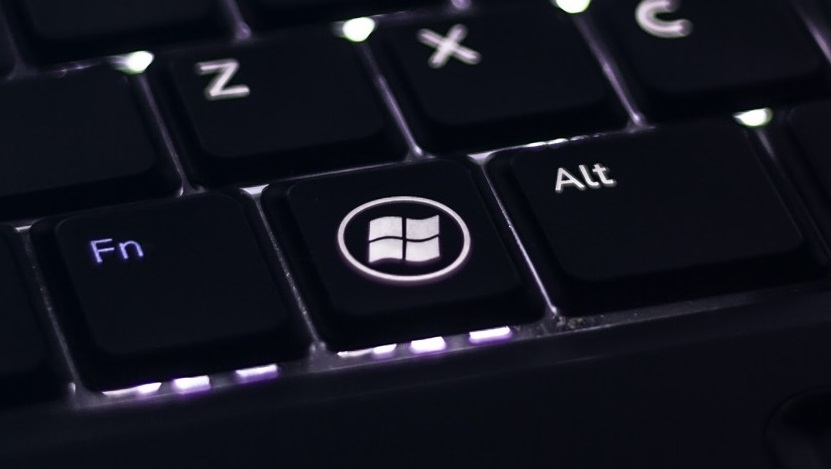The Short History of Ctrl+Alt+Del
13th November 2018The computer was invented. And it was good.
But with the computer came a list of problems to overcome. Some were mathematical in nature; others related to the physical limits of disc space; mastering the art of memory and so on. But it took one special person to work out what to do when a computer refuses to work, when it freezes, when it starts spouting binary nonsense.
This is the short history of Ctrl+Alt+Del.
The IBM Personal Computer
Dr Dave Bradley was working on IBM’s personal home computer in 1980. At the time, Dr Bradley had a hundred things he needed to fix for IBM. However, he noticed that whenever a problem arose with the computers they were programming, the only solution was to turn them off at the socket.
As you know, this isn’t good for electronics in general and worse for big, power hungry machines. The reboot process could take several minutes with each computer needing to go through a long ‘self test’ before allowing the programmer access again.
When working with these rudimentary computers, the reboot could be required after only 5 minutes of working on the system. Sounds frustrating, right?
The Solution?
Dr Bradley was part of the team that discussed adding a simple ‘reset’ button to the control board (keyboard) of the computer. As anyone with a Playstation 1 will have known to their chagrin, a large reset button is liable to be pressed accidentally. In the early days of computing this would mean losing all data instantly with no hope of retrieval. So far, no good.
Dr Bradley’s Solution
The three key sequence Bradley came up with would become the worldwide standard for a computer reboot. The beauty of it is that the computer understands it in most safety modes and will restart itself without a total loss of data and without potential for power surge or drain. It also skips most of the safety tests.
Bradley weighed up the options and decided a three key sequence that was purposefully awkward to execute with one hand. A single Ctrl key, a single Alt key and a Del key way over on the right hand side of the keyboard.
And Ctrl+Alt+Del was born.
Originally…
It was only meant to be a developer’s tool. However, decades later Ctrl+Alt+Del is still an industry standard and shows no signs of being replaced anytime soon.




